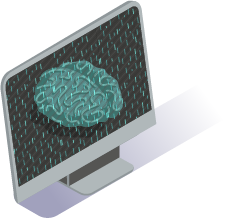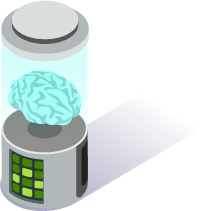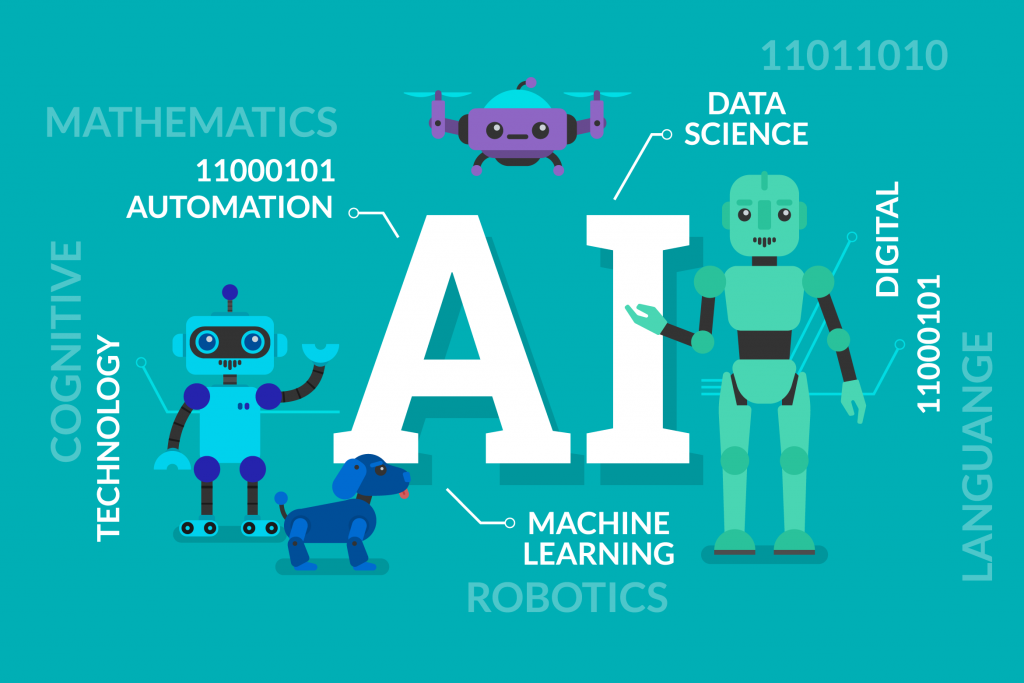Here is the 101 on Becoming an Artificial Intelligence (AI) Expert
Artificial Intelligence (AI) is a game changer in amplifying human effectiveness and remove mundane tasks. AI is being used by almost all the major industries and has opened the doors to endless opportunities. AI covers a wide-range of computer science that focuses on building smart machines that are capable of performing tasks that typically require human intelligence. Advancements in machine learning and deep learning are creating a paradigm shift in virtually every sector of the tech industry. Is Artificial Intelligence the same as Machine Learning?
“[AI] is going to change the world more than anything in the history of mankind. More than electricity.”— AI oracle and venture capitalist Dr. Kai-Fu Lee, 2018

Artificial Intelligence falls under two broad categories:
- Narrow AI: is a term used to describe artificial intelligence systems that are specified to handle a singular or limited task. The antithesis to Narrow AI, sometimes referred to as weak AI, is called strong AI.
- Artificial General Intelligence (AGI): is a term used to describe Strong AI. It is capable of handling a wide range of tasks rather than one particular task or problem. This variation of artificial intelligence can be roughly conceptualized as a foundation for neural networks emulating sentience or consciousness.

Everyday Examples of Artificial Intelligence and Machine Learning
- Smart Assistants (Siri or Alexa)
- Disease mapping and prediction tools
- Manufacturing and drone robots
- Optimized, personalized healthcare treatment recommendations
- Conversational bots for marketing and customer service (Cogito)
- Robo-advisors for stock trading
- Spam filters on email
- Social media monitoring tools for dangerous content or false news
- Song or TV show recommendations from Spotify and Netflix
- Tesla has predictive capabilities, self-driving features and technology.
- Boxever uses machine learning and AI to improve customer’s experience in the travel industry.
- Amazon uses transactional A.I. to make algorithms for smart predicting and more.
- Netflix provides highly accurate predictive technology based on customer’s reactions to films.
- Pandora’s A.I. help recommend songs that people inherently love.
- Nest’s A.I. is a learning thermostat that can be voice controlled by Alexa. It uses behavioral algorithms to predictively learn from your heating and cooling needs

Are you ready to get started?

Learn the Fundamentals of Programming
Start learning multiple programming languages. Don’t become a master in any specific language, but rather gain extensive expertise of structure and concepts. Two major popular programming languages for AI are Python and R. R works great for statistical analysis while Python is perfect as a general-purpose programming language.
Learn more about Automation with Python

Understand Statistic (Descriptive and Inferential)
Statistics can be broken down into two areas:
- Descriptive statistics: describes and summarizes data. You are just describing what the data shows: a trend, a specific feature, or a certain statistic (like a mean or median).
- Inferential statistics: uses statistics to make predictions.
Descriptive statistics are one of the fundamental “must knows” with any set of data. It gives you a general idea of trends in your data. Some of the trends you will find are the mean, mode, median and range; variance and standard deviation; skewness; and count, maximum and minimum. Descriptive statistics allows you to take a large amount of data and summarize it. Descriptive statistics can be further broken down into several sub-areas, like: measure of central tendency; measure of dispersion; charts & graphs; shapes of distributions.
Inferential statistics extend beyond the immediate data alone. It is used to make inferences from our data to more general conditions; we use descriptive statistics simply to describe what’s going on in our data. The goal is to define the population you are studying; draw a representative sample from the population; use analyses that incorporate the sampling error.
Learn how to Analyze the Quality of Data Cleaning on the Data Gathered
The most successful AI experts can analyze the quality of data cleaning that happens on the data gathered. The time it takes to clean the data at the highest level is very time consuming. It is best to find a way to build a proper structure around the process of data cleaning.

Think like a Artificial Intelligence Expert
To grab an excellent job as AI engineers, you require skills like mathematics, algorithms, probability, and statistics, programming in R and Python, command over Unix tools, efficient in distributed computing, and advanced signal processing techniques.
An AI Expert needs to make computers think the way humans think.

Gain in-depth AI Concepts
To gain in-depth knowledge about AI concepts and authenticate your learning you should consider getting an AI certification. It will help you understand the concepts of AI, machine learning, natural language processing, and deep learning.
You should also explore your knowledge about Python libraries for AI and Machine Learning. Some of them include Keras, TensorFlow, Theano, PyTorch, Pandas, and Scikit-learn. These libraries help developers and programmers perform complex tasks without needing to rewrite code.
When you earn a AI Certification it gives you the skills you need to prove you are ready for a AI Expert job and maximizes your profile visibility through social sharing and gains the attention of prospective employers which is much needed to win over the strong competition.
Are you looking for AI and Machine Learning Training? Check this out!

Win a Kaggle Competition
Kaggle is one of the best online repositories where you can start working with real-time projects, work with some of the best AI professionals, and build your first AI project. You can now kick start your AI journey by winning AI competitions.
Artificial Intelligence & machine Learning Overview for Decision Makers


































Leave a Reply
You must be logged in to post a comment.